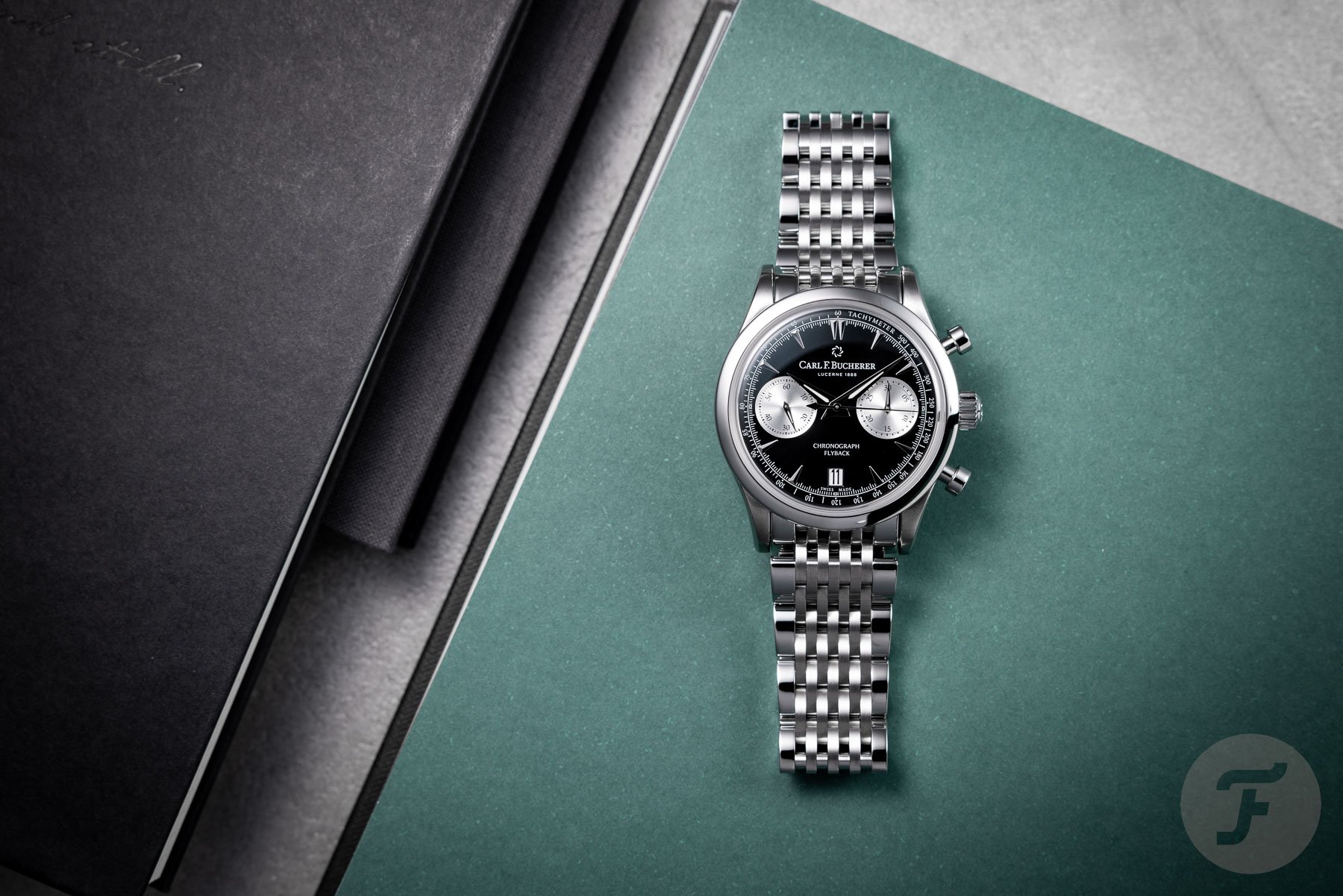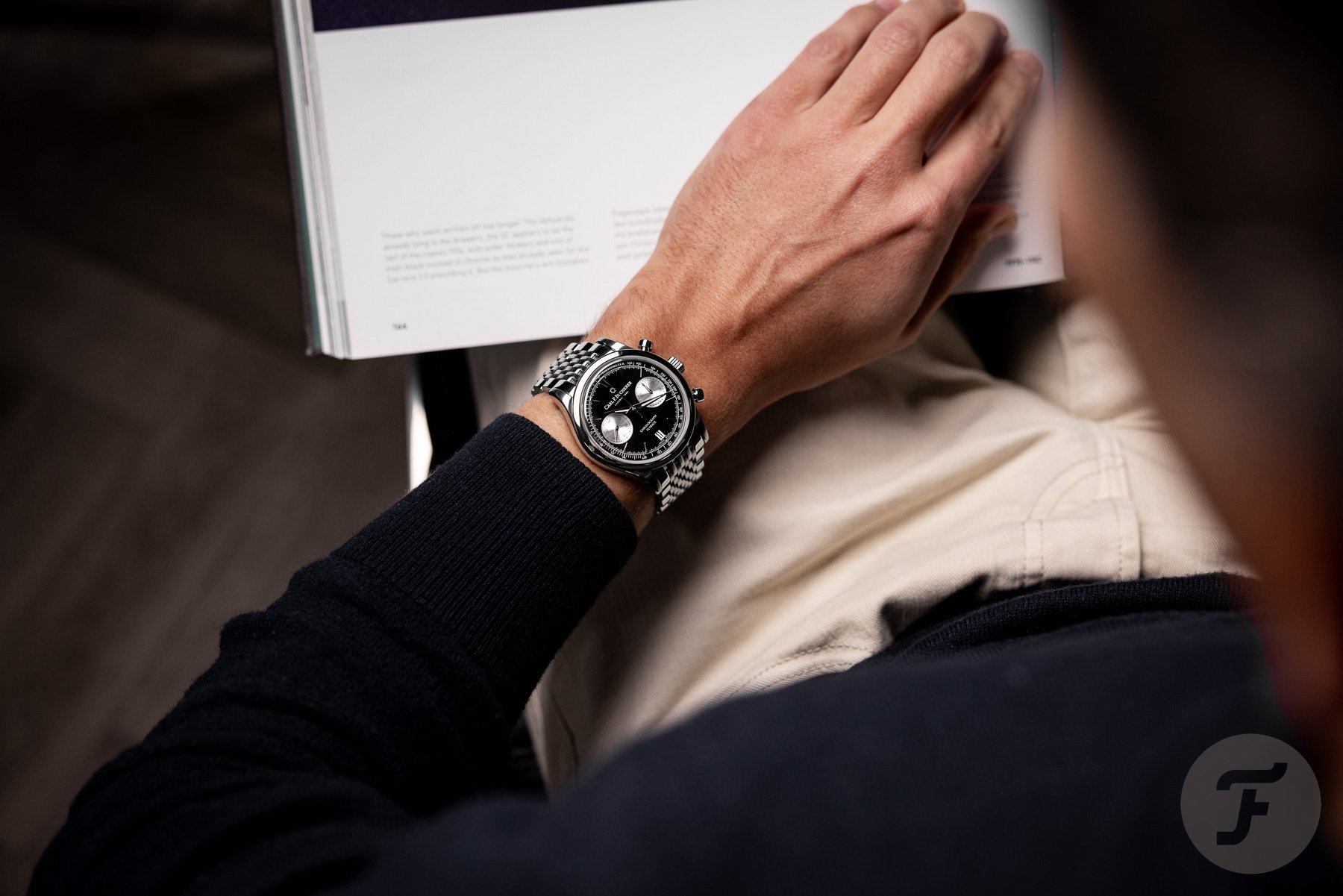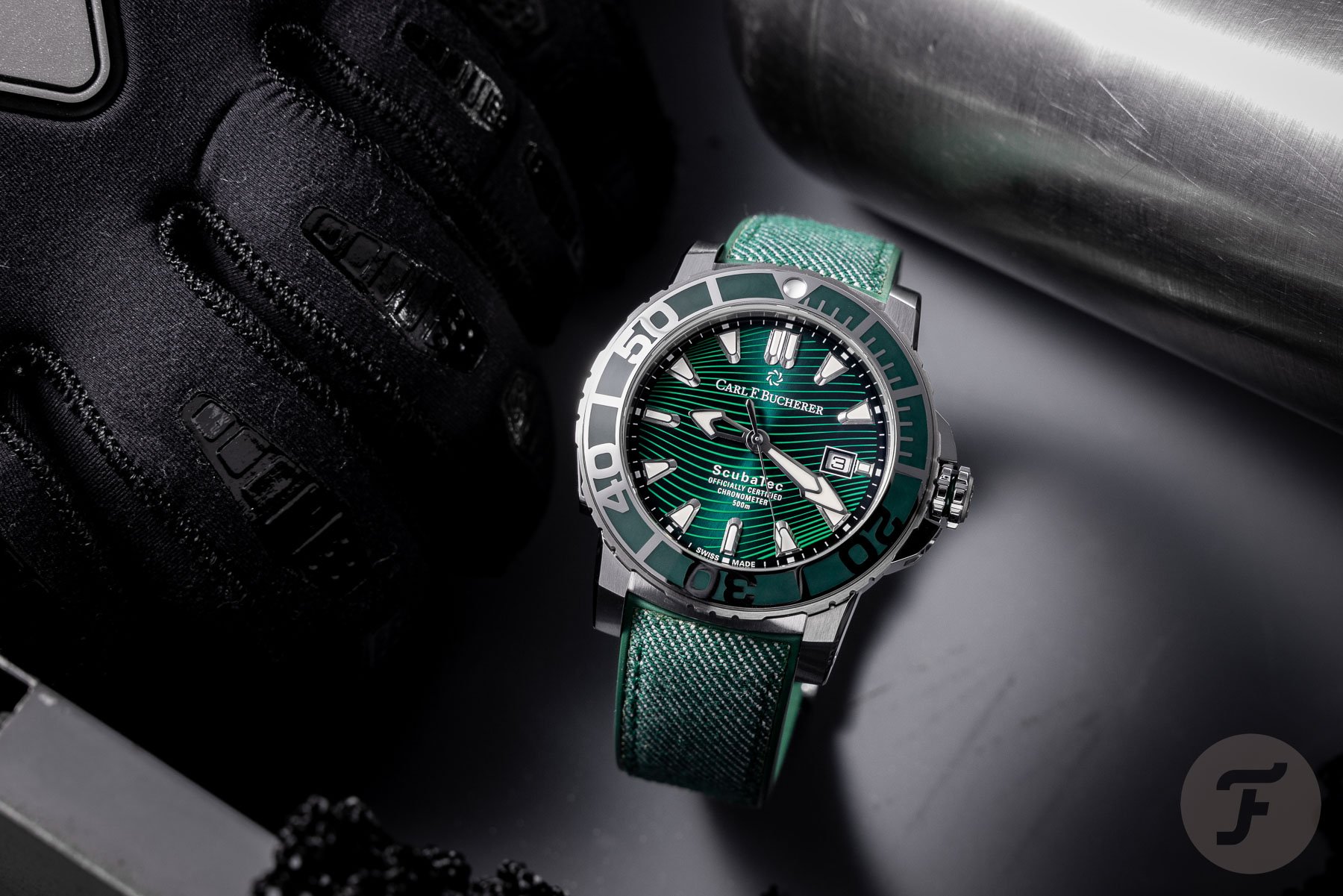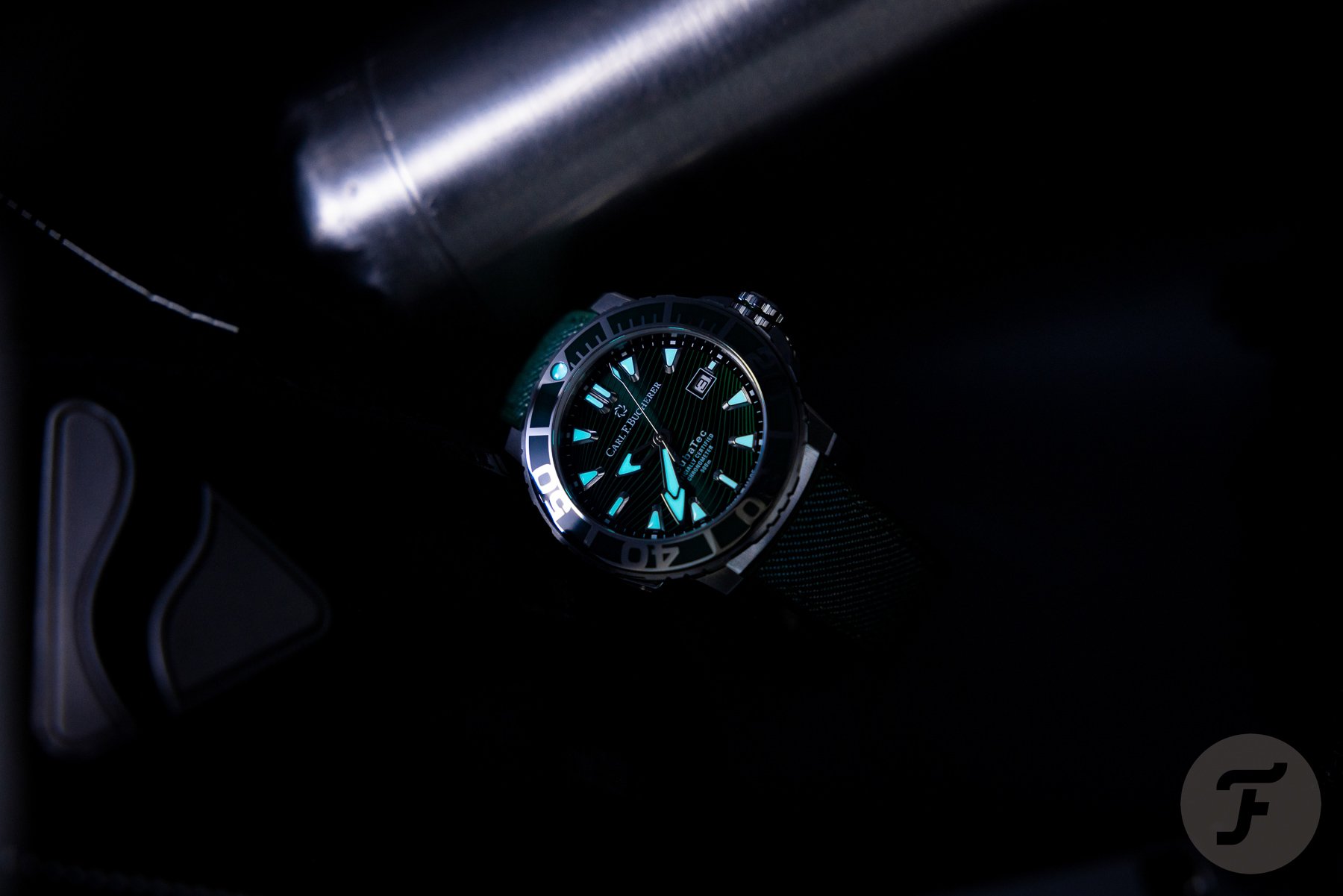Rolex Shuts Down Watch Brand Carl F. Bucherer, And That’s Hardly A Surprise
Two years ago, when Rolex acquired Bucherer, a multi-brand retail store with over 100 locations, it also included the jeweler’s watch brand Carl F. Bucherer. So, as of 2023, the Rolex crown was protected by the Tudor shield and a second brand with a history that dates back to 1888. You would think that a watch brand that came to life 17 years before the founding of Rolex would be kind of a big deal in the world of horology. Most of the time, however, the watches branded Bucherer figuratively and literally never left the shop. Consequently, according to the Swiss newspaper Bilanz, Rolex is shutting down the watch brand Carl F. Bucherer. You can hardly call that a surprise.
Carl F. Bucherer, or CFB, was Jörg Bucherer’s personal prestige project. As a sad side note, Jörg Bucherer, the third-generation head of watch retailer Bucherer, passed away at 87, three months after Rolex acquired the retailer and watch brand; at least he was spared the discontinuation of his pet project. Despite Jörg Bucherer’s ambitious leadership, CFB didn’t perform as it should have. It was not for lack of ambition, though. For instance, the brand developed a very interesting movement with a peripheral rotor that could/should have given the brand some street cred or gotten watch journos and connoisseurs writing and talking.
Rolex shuts down watch brand Carl F. Bucherer
Some models, like the Patravi ScubaTec dive watches or the Manero Flyback chronographs, looked mainstream and appealing to a potentially wide audience. But the journos, connoisseurs, and the general public didn’t pick up on either the creations with in-house movements or the more mainstream watches CFB put out. An estimated investment of CHF 250 million didn’t help the brand generate revenue either.
Despite in-house movements and around 350 points of sale worldwide, including 50 operated by Bucherer or its US subsidiary Tourneau, the brand struggled to compete with powerhouses like Breitling, IWC, and Omega — brands that are also prominently displayed in the Bucherer stores. How does one stand out in an environment where brand awareness and perception are crucial? For a watch brand named after a retailer keeping up with the Joneses, it was a question to which it had no answer.
Emotional and technical shortcomings
When I had the chance to go hands-on with the €6,250 Patravi ScubaTec Verde, it was not long after I wore the €6,200 Omega Seamaster Diver 300M. Both green dive watches have a similar price point but a completely different aura around them. How could a CFB dive watch compete with a diver from a household name like Omega? Yes, in terms of water resistance, the Patravi beats the Seamaster Diver 300M by 200 meters. But the smaller and, for a lot of people, easier-to-wear Omega beat the CFB in terms of movement specs. Yes, the automatic caliber CFB 1950.1 (ETA 2824-2) is a COSC-certified chronometer. But the power reserve is a very modest (or old-fashioned) 38 hours. Compare that to the Omega’s caliber 8806 with a 55-hour power reserve.
The Seamaster’s movement is on a higher level. It shows through its METAS certification, for example, as well as its evolved Co-Axial escapement and a free-sprung balance with a silicon balance spring. So, on both a technical and an emotional level, the commercial Patravi had almost no chance against the Omega. Unfortunately for CFB, even more adversaries came to the arena with better arms at their disposal.
Rolex had little choice
To make matters worse, once it was acquired by Rolex, CFB also competed with ambitious sister brand Tudor. Under new ownership, the position of the house-brand watches became untenable. Rolex’s decision to discontinue the watch brand Carl F. Bucherer makes solid sense, and theoretically, it might be an easy choice. However, it has major practical consequences. For instance, what will happen to the people working at Carl F. Bucherer’s manufacturing headquarters in Lengnau? Speaking of that production facility, it opened in 2016. Its purpose was to have most of the watch production on one site with room for expansion. What will become of the facility and the people working there? We know the CFB employees were informed of the closure, but no official statement has been issued yet.
The idea of Rolex developing a third brand into one with appeal and allure, as it did when it set Tudor free, will not be a reality. That’s certainly not due to a lack of funds, though. Rather, it was due to a lack of confidence in the CFB brand. The last question that needs answering is: will the shutdown of CFB have no negative effect on Bucherer, a leading retailer of watches and jewelry worldwide? It won’t. It will, however, free the salespeople in the store of the herculean task of selling CFB creations in a retail space where other watch stars have always been brighter.




